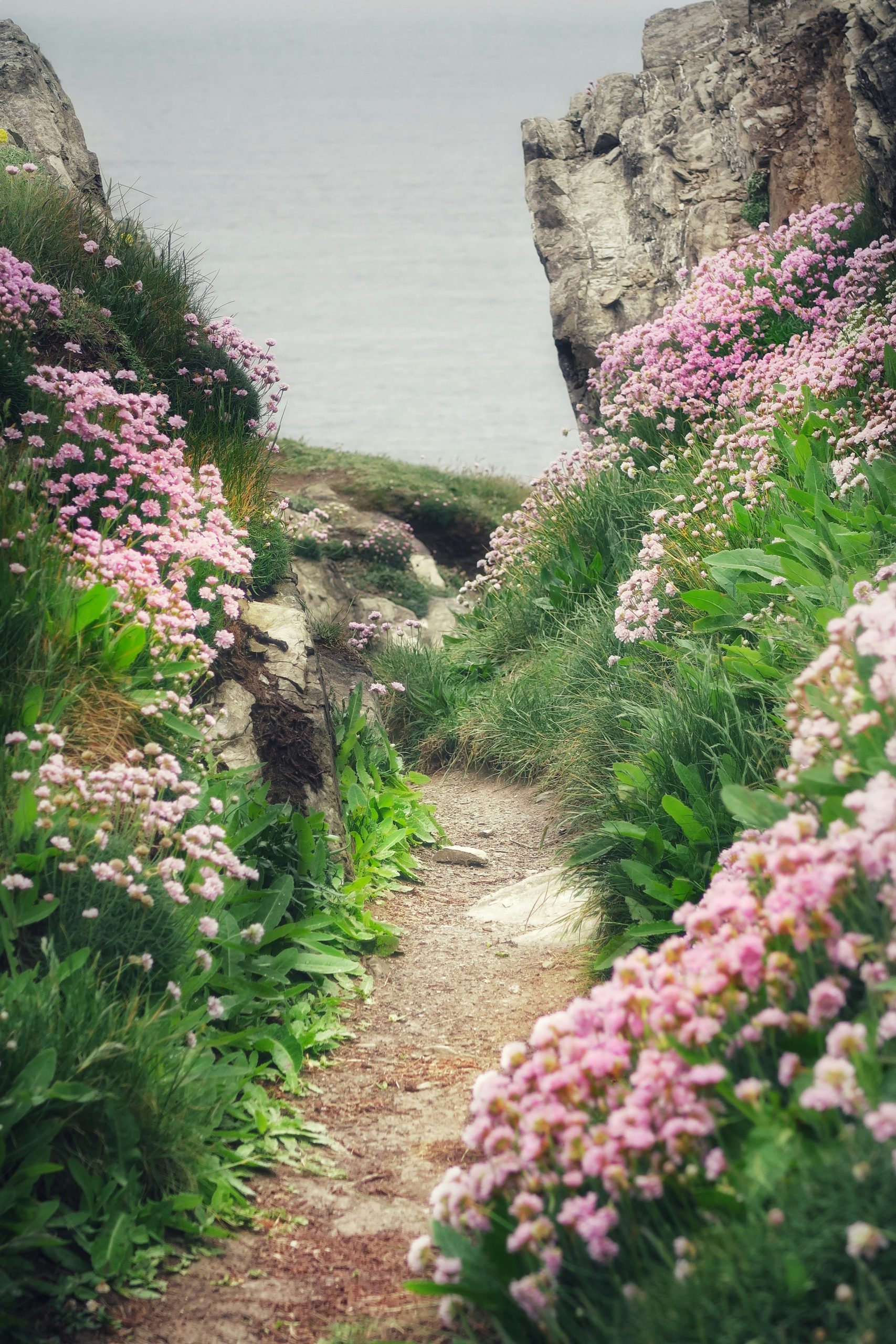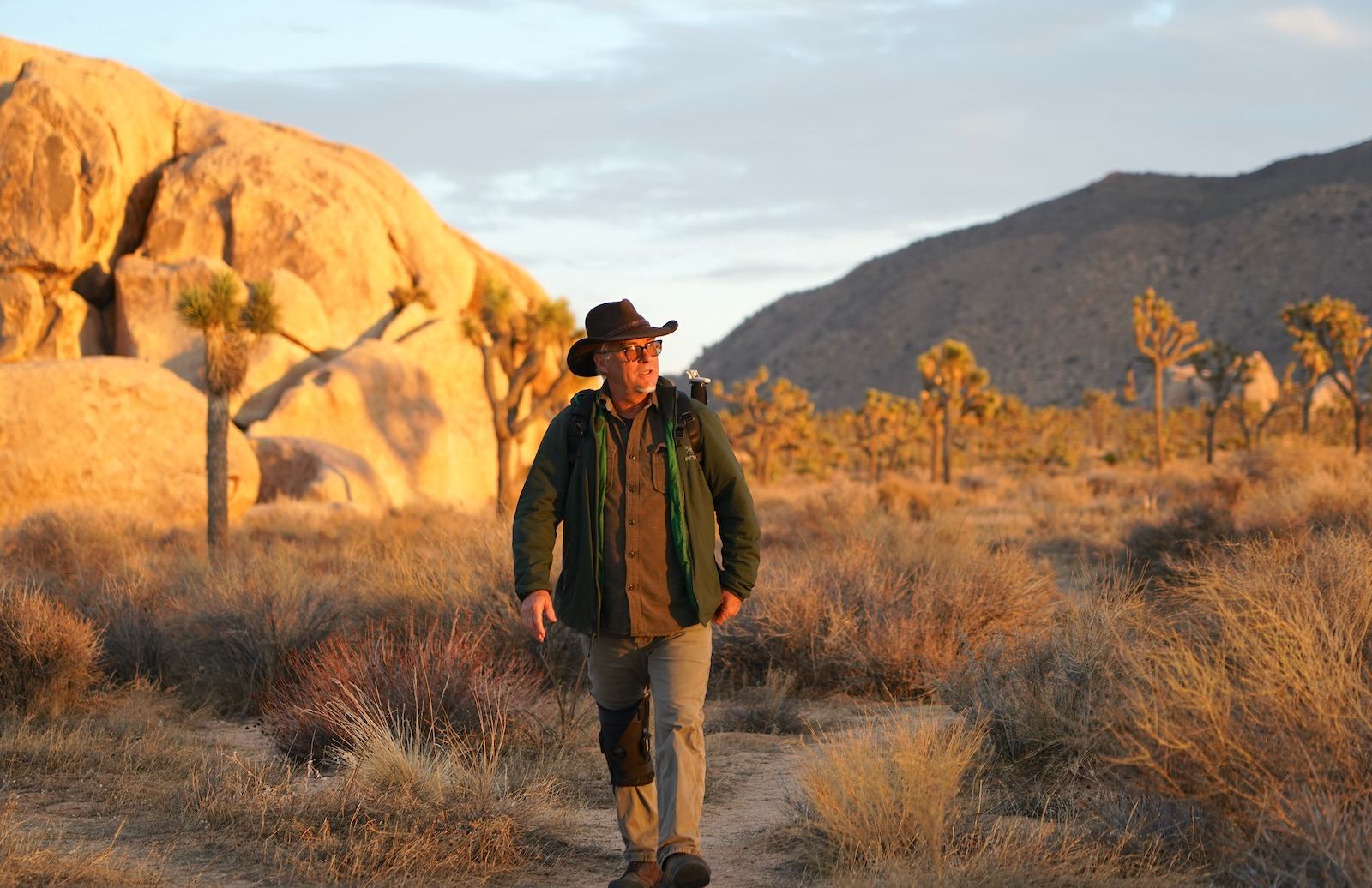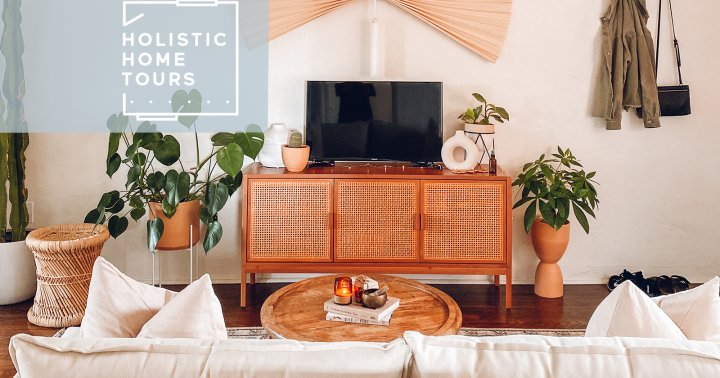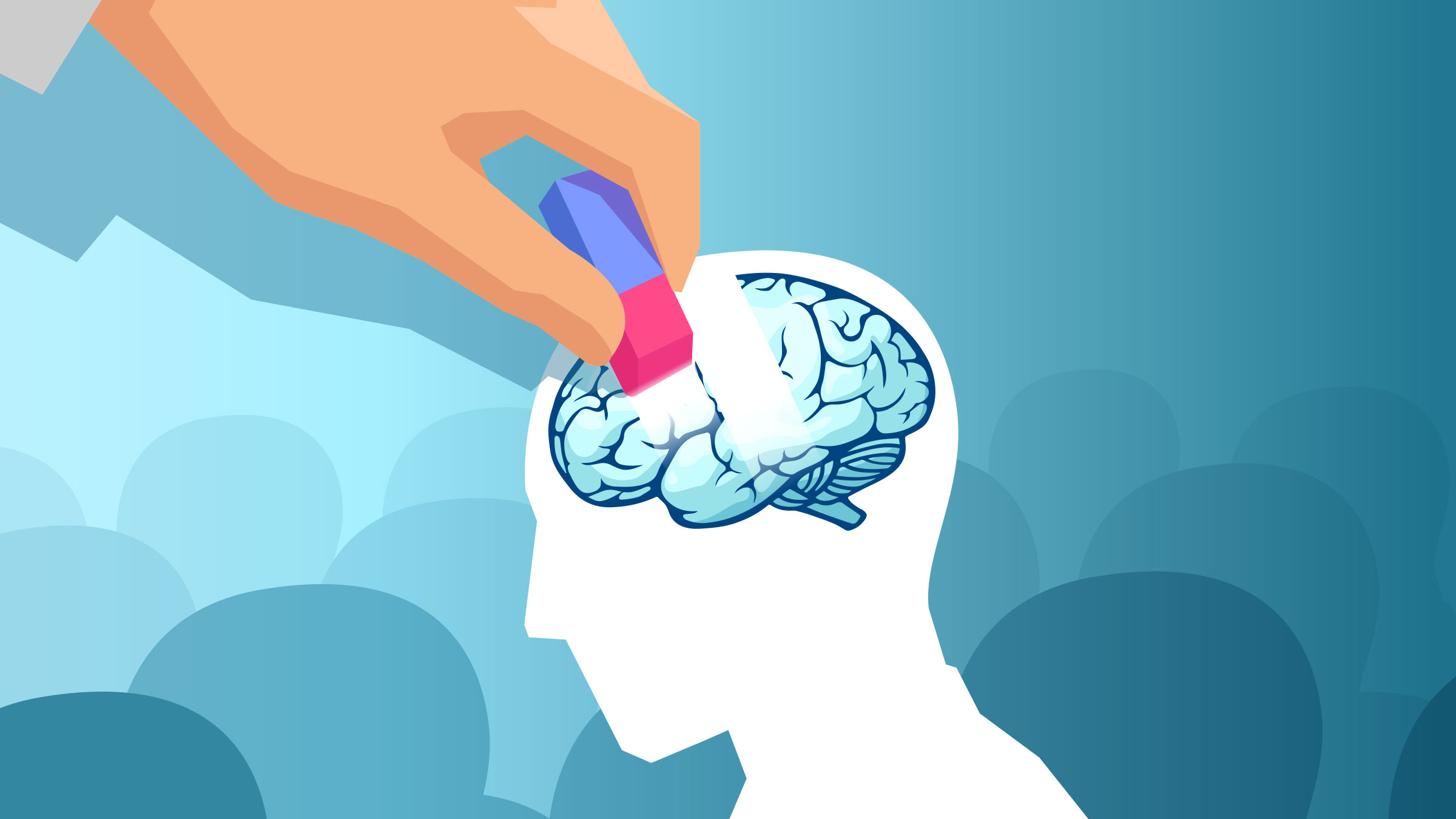Facing Transphobia on the Path to Recovery
A trans Zen practitioner on the need for more gender inclusivity in the world of Buddhist recovery The post Facing Transphobia on the Path to Recovery appeared first on Tricycle: The Buddhist Review.

Buddhism began for me in a sparse room. Not at a sesshin, but in a rehab for addiction. Before my last day in rehab my counselor knocked at the door. I was reading the dictionary to pass the time. She wanted to share with me a book outlining a Buddhist path to recovery. I couldn’t take the paperback with me, but I passionately wrote down its ideas in my notebook. The next day came; my third time in inpatient treatment was over. As I stepped outside the center for substance use disorder in November of 2017, a cold Upstate New York wind hit me. I’d lost touch with the feeling of weather. The wind seemed to carry with it a message, to awaken me, or warn me: I was no longer protected by a facility that prohibited drugs from coming in. As a trans woman, the conditions of being unsafe were not new, and yet due to my sobriety, the knowledge of my exposure felt understood for the first time.
Those first few months were enjoyable, contrary to what many around me had said about the early stages of recovery. I committed my time to daily meditations, a twice-weekly visit to a Zen center, my outpatient aftercare three times a week, a weekly trans and nonbinary support group, and daily 12-step meetings—such as Alcoholics Anonymous and Heroin Anonymous. I was also on SNAP and Temporary Assistance, which granted me a chance to focus on recovery.
Among the variety of supportive communities I aimed to put between me and a potential relapse, the Buddhist 12-step group absorbed my energy the most. I never imagined I’d look forward to simply meeting others that prioritized being sober. Belonging to a group revealed how disconnected I had become from people.
The first night I visited my Buddhist recovery group was memorable. Of course, I went to the wrong entrance and parked my car where I shouldn’t have. I stood outside, mesmerized by the environment: cultivated gardens, statues, warm lighting, wooden verandas. All this time a diamond had been obscured among the streets I paced in withdrawal from heroin. I still recall every share I heard in that first meeting.
Eventually, I got my fifth month A.A. coin: a pomegranate red. I remember saving up money from recycling my parents’ beer bottles to buy a small statue of Avalokiteshvara; I imagined those many arms reaching out to the many who were suffering, believing that I too might qualify for consolation. I needed visual cues of Buddhism’s ideas. I’d arrive at support groups early, rereading my notebook. I reflected on my relationship with anicca (impermanence). So many times I had desired to freeze the sensation of high pleasure, underestimating the brevity of a drug’s effect. Or I’d reflect on the Buddha’s second noble truth, signifying how desire and ignorance cause suffering. For an addict such as myself, both desire and ignorance interacted in a calculated way: I desired to use drugs in order to stay ignorant of memories that felt too unbearable to contemplate. Then shame powered a further desire to keep using, to keep me unknowing. Scribbled thoughts like these coursed through my mind and my notebook as folks entered the meetings.
At the start, my attendance at the Buddhist recovery group was quite lively, but it soon turned into something more ambivalent. I’d hear many discussing compassion, and yet when I’d share, hoping to be compassionately heard, I’d sometimes be dismissed or even lectured. Sometimes people with longer sobriety streaks would pick apart my shares publicly. Others would interrupt me to offer instant solutions. Yet I met others who were more supportive. They encouraged me to “keep coming back.” Leaving such a peaceful courtyard opened up serenity within me, and I’d find myself hugging anybody within sight, even people for whom I grew resentful.
The calm, as anicca would have it, could not be sustained. Some part of me was hoping that my meditation could instruct me to a point of arrival, beyond envy, gossip, panic, or bitterness. But I felt my confidence diminishing. I felt my gender dysphoria returning. I was no longer able to repress how the staring of strangers made me feel. As I encountered more misgendering within my group, fully conscious reality began to settle in.
On one evening, another group member and I brought our recovery group to an inpatient facility. I felt excited, hopeful to share the message of recovery, only to have inpatient clients debate my existence, deriding my pronouns. The agonies of being transgender weren’t resolving as I daydreamed they would. On walks throughout the city, I wondered if I was craving the same thing from Buddhism that I craved from hard drugs: another escape.
I was ten months into recovery and a daily practice of Buddhism. I never missed any of my meetings. One night I went to my Buddhist recovery group; as always, I arrived early to greet, hug, and set up zafus. This meeting was in a different location: in a church with squeaking floorboards, a faded rainbow flag above the entrance, and heaps of instruments scattered throughout. I waited enthusiastically for this meeting, to rejoice in that special spirit of protection that the word “community” symbolized to me. Upon greeting one member of the group, another misgendered me loudly while attempting to make a joke. Something in me fractured. I saw everyone looking away. A friend put their hand on my shoulder, but a wounded and perhaps selfish part of me couldn’t accept the support. I felt brutally nudged back to a merciless truth around the restrictions of my body, and the powerlessness of how others saw me and treated me. Sweat saturated my skin. During the meditation, I stormed out across those floorboards with their high-pitched cries. I kept thinking back to my time in rehab, to the sight of myself as a broken trans woman in a room of emptiness, with nothing in her hands except a few turquoise estrogen pills each sunrise. I didn’t relapse, but I fell into an old pattern of fleeing the present.
While I can’t speak for every Buddhist, addict, or trans person, I can say the experience of misgendering is humiliating. The first few times I encountered it in my recovery group, I tried to appear unemotional, perhaps out of pride. I imagined the misgendering would eventually stop and I’d arrive within Buddhism, but the stressors relating to being trans continued, and not just in my group. In my outpatient group, staff members misgendered me; other people in recovery mocked me insensitively in the waiting room. Sometimes it was so loud I repressed it all— wanting so badly to be respected or just left alone—intensely pretending it wasn’t happening. I held so much in, convinced that some humiliation toll I paid long ago was surely finished. How could the humiliations still be happening now?
While sometimes misgendering was unintentional, the mocking wasn’t. I worried that transphobia would keep me and other transgender Buddhists from the path. And yet, the clarity and understanding that kept coming with meditation and reflection on the Buddha’s teachings of suffering uncovered a greater truth for me: that transphobia itself was the path. Or at least, it was going to be a part of my path.
The clarity and understanding that kept coming with meditation and reflection on the Buddha’s teachings of suffering uncovered a greater truth for me: that transphobia itself was the path. Or at least, it was going to be a part of my path.
It didn’t matter if my body rested on the dirty floor of a hollow rehab room surrounded by makeshift furniture on wheels or sat in a peaceful zendo located among acres of meadows and natural springs: the practice was crystallizing the inescapable nature of suffering and the compassionate love that could bud from it. From storming out of a church on a pleasant summer night to the moment I left my rehab on a spiritless winter morning—some realization, that once darted out of the mind’s grasp like a koi, was there before me.
Transphobia wasn’t confined to recovery communities or Buddhism. But my expectations were that there could be a reprieve here, within Buddhism. A remission from the misgendering or political demonization; the promise of inclusivity and acceptance that I once saw printed on a laminated sign outside a chemical dependency program. My mind longed for a shelter. To safely be trans. Where anxieties about harm were paused. One could argue heroin did this, but it also paused everything good in life. Only after it wore off, as life was rapidly unpaused, did I become witness to everything that was perishing. Everything from my actions to my livelihood. All elements of the eightfold path withered under heroin. I learned to study that, as Pema Chödrön wrote, “There are no promises.”
I’ve accepted that the reality of community isn’t always frictionless and untroubled. There’s work involved. I’ve had to work on my own defensiveness, which has proven limiting to emotional growth—“The minute you start using, you stop growing” is a common sober aphorism. I’m learning to accept where others are at and how best to kindly explain to them who I am, while helping create spaces that are inclusive and safe for trans Buddhists. We’re all bound to the Buddha’s first noble truth. We all need each other. When we can become a sangha that learns to suffer together and not cause each other to suffer, beautiful things can unfold.
Transphobia has sadly worsened, particularly from misinformation spread online, which increased during the pandemic. However, I’ve never felt such a willingness to remain sober, in transition, and organized with others. I feel fortunate to have had the opportunity to create and share Buddhist content for LGBTQ+ folks online through a YouTube channel I created called Queer Plus Lotus. Being present and creative is my protection against intolerance that threatens to sink me to untreatable depths. Transphobia was not an end to my path in Buddhism: it’s where the authentic experience finally began.
◆
This article originally appeared in the Winter 2024 Issue of Zen Bow magazine, Volume XLV Number Four, and was adapted and excerpted with permission from Rochester Zen Center.

 AbJimroe
AbJimroe 
































